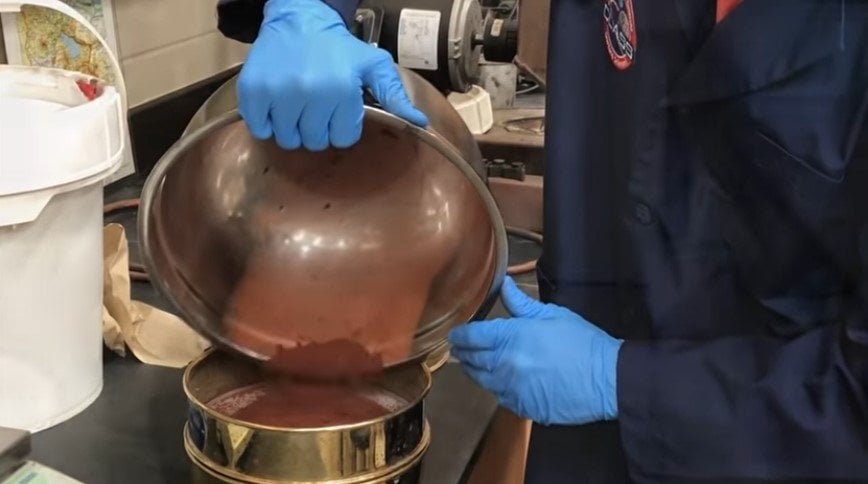A group of scientists from the University of Central Florida (UCF) is supposedly selling Martian soil for $20 per kilogram, plus shipping expenses. They decided to artificially engineer Martian soil in their lab so other scientists could run simulations to learn what could be done with the dirt when humans eventually arrive on the Red Planet.
Simulating and selling Martian soil
The UCF scientists developed a standardized method for simulating soil from Mars using asteroid-based soil known for what scientists call “simulants.” The red soil, also called Mars simulant, was developed so scientists could have something to use when doing approximations for “extraterrestrial soil.” Scientists can use the simulated soil to track the growth of crops and test equipment which will be used for exploration on the surface of Mars.
Future visitors to the Red Planet will have to grow their own food, so before any Mars missions blast off, scientists will have to develop ways to do that.
“You wouldn’t want to discover that your method didn’t work when we are actually there,” UCF researcher Dan Britt said in a statement. “What would you do then? It takes years to get there.”
The UCF team is selling Martian soil for $20 per kilogram (2.2 pounds.) The soil seems to be so accurate that it even caught the attention of NASA’s Kennedy Space Center. The university announced that the space agency has placed an order.
“The simulant is useful for research as we look to go to Mars,” Britt said. “If we are going to go, we’ll need food, water and other essentials. As we are developing solutions, we need a way to test how these ideas will fare.”
To make the artificial Martian soil, the team modeled the iron-rich volcanic ground commonly found on Mars. The results of their research can be found in the planetary science journal Icarus.
Like soil found here on Earth, soil from Mars comes in a variety of types, including clay, sand, salty dirt and others. The UCF lab is currently working on standardized methods to make consistent simulants that could be useful for agencies organizing space missions and running Mars-related experiments.
Soil from other bodies
The UCF scientists don’t only produce artificial Martial soil; the lab is also selling moon and asteroid dirt. One of the team members is in Montana collecting ingredients for the moon simulant the lab is working on. Moon and asteroid materials are both rare and expensive since they have arrived here in small amounts via meteorites, which makes production quite complicated.
Still, both materials are on the list of items that can be ordered. However, the UCF team can tweak the artificial soil to make it look more like real soil and will choose substitutes for potentially-harmful materials and any materials that can’t be found in nature. All the simulants UCF is selling meet NASA’s safety standards.





